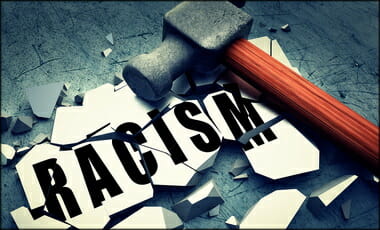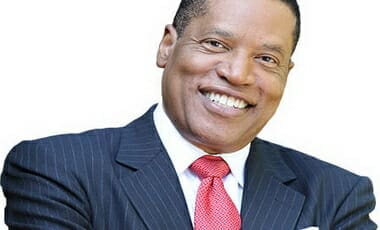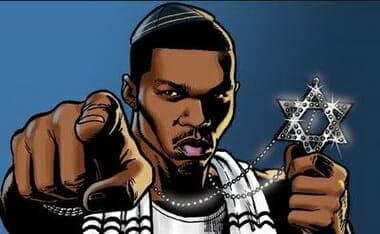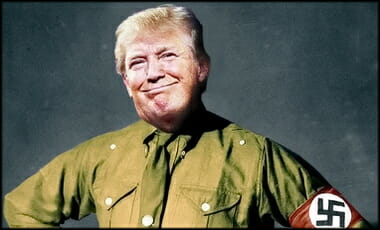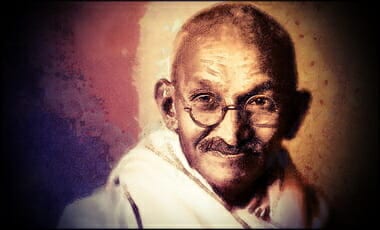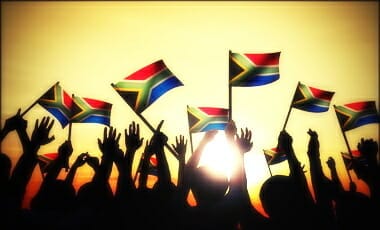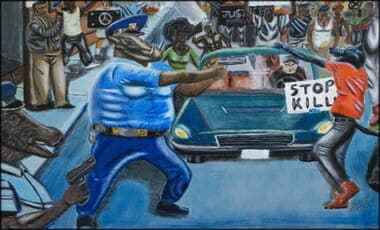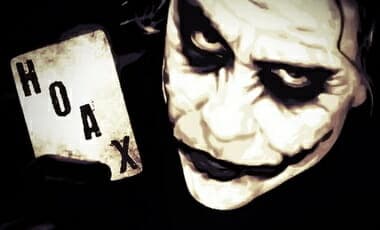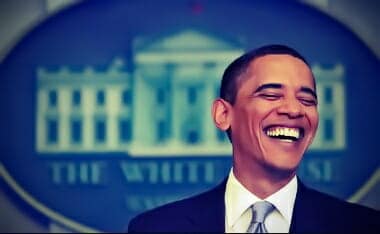BANK LOANS
Group Disparities
In the course of a long and heated campaign in politics and in the media during the early twenty-first century, claiming that there was rampant discrimination against black home mortgage loan applicants, data from various sources were cited repeatedly, showing that black applicants for the most desirable kind of mortgage were turned down substantially more often than white applicants for those same mortgages.
In the year 2000, for example, data from the U.S. Commission on Civil Rights showed that 44.6 percent of black applicants were turned down for those mortgages, while only 22.3 percent of white applicants were turned down.1 These and similar statistics from other sources set off widespread denunciations of mortgage lenders, and demands that the government “do something” to stop rampant racial discrimination in mortgage lending institutions.
The very same report by the U.S. Commission on Civil Rights, which showed that blacks were turned down for conventional mortgages at twice the rate for whites, contained other statistics showing that whites were turned down for those same mortgages at a rate nearly twice that for “Asian Americans and Native Hawaiians.”
While the rejection rate for white applicants was 22.3 percent, the rejection rate for Asian Americans and Native Hawaiians was 12.4 percent.2 But such data seldom, if ever, saw the light of day in most newspapers or on most television news programs, for which the black-white difference was enough to convince journalists that racial bias was the reason.
That conclusion fit existing preconceptions, apparently eliminating a need to check whether it also fit the facts. This one crucial omission enabled the prevailing preconception to dominate discussions in politics, in the media and in much of academia.
One of the very few media outlets to even consider alternative explanations for the black-white statistical differences was the Atlanta Journal-Constitution, which showed that 52 percent of blacks had credit scores so low that they would qualify only for the less desirable subprime mortgages, as did 16 percent of whites. Accordingly, 49 percent of blacks in the data cited by the Atlanta Journal-Constitution ended up with subprime mortgages, as did 13 percent of whites and 10 percent of Asians.3 In short, the three groups’ respective rankings in terms of the kinds of mortgage loans they could get was similar to their respective rankings in average credit ratings.
But such statistics, so damaging to the prevailing preconception that intergroup differences in outcomes showed racial bias, were almost never mentioned in most of the mass media. With credit ratings being what they were, the statistics were consistent with Discrimination IA (judging each applicant as an individual), but were reported in the media, in politics and in academia as proof of Discrimination II, arbitrary bias against whole groups.
While the omitted statistics would have undermined the prevailing preconception that white lenders were biased against black applicants, that preconception at least seemed plausible, even if it failed to stand up under closer scrutiny. But the idea that white lenders would also be discriminating against white applicants, and in favor of Asian applicants, lacked even plausibility. What was equally implausible was that black-owned banks were discriminating against black applicants. But in fact black-owned banks turned down black applicants for home mortgage loans at a higher rate than did white-owned banks.4
[1] United States Commission on Civil Rights, Civil Rights and the Mortgage Crisis (Washington: U.S. Commission on Civil Rights, 2009), p. 53.
[2] Ibid. See also page 61; Robert B. Avery and Glenn B. Canner, “New Information Reported under HMDA and Its Application in Fair Lending Enforcement,” Federal Reserve Bulletin, Summer 2005, p. 379; Wilhelmina A. Leigh and Danielle Huff, “African Americans and Homeownership: The Subprime Lending Experience, 1995 to 2007,” Joint Center for Political and Economic Studies, November 2007, p. 5.
[3] Jim Wooten, “Answers to Credit Woes are Not in Black and White,” Atlanta Journal-Constitution, November 6,2007, p. 12A.
[4] Harold A. Black, M. Cary Collins and Ken B. Cyree, “Do Black-Owned Banks Discriminate Against Black Borrowers?” Journal of Financial Services Research, Vol. 11, Issue 1-2 (February 1997), pp. 189-204. Here, as elsewhere, it should not be assumed that two unexamined samples are equal in the relevant variable& In this case, there is no reason to assume that those blacks who applied to black banks were the same as those blacks who applied to white banks.
Thomas Sowell, Discrimination and Disparities, Revised and Enlarged Edition (New York, NY: Basic Books, 2019), 88-89 (added references).
With Michelle Obama recently railing on White Americans for “white flight” from her Chicago neighborhood as a kid, Larry explains his experience with the same phenomenon growing up in Los Angeles. However, he describes a very different experience with the issue of race relations, and it’s not as black and white as one would think.
BACKGROUND CHECKS
To take an extreme example of Discrimination 1b, for the sake of illustration, if 40 percent of the people in Group X are alcoholics and 1 percent of the people in Group Y are alcoholics, an employer may well prefer to hire only people from Group Y for work where an alcoholic would be not only ineffective but dangerous. This would mean that a majority of the people in Group X — 60 percent in this case — would be denied employment, even though they are not alcoholics.
What matters, crucially, to the employer is the cost of determining which individual is or is not an alcoholic, when job applicants all show up sober on the day when they are seeking employment.
This also matters to the customers who buy the employer’s products and to society as a whole. If alcoholics produce a higher proportion of products that turn out to be defective, that is a cost to customers, and that cost may take different forms. For example, the customer could buy the product and then discover that it is defective. Alternatively, defects in the product might be discovered at the factory and discarded. In this case, the customers will be charged higher prices for the products that are sold, since the costs of defective products that are discovered and discarded at the factory must be covered by the prices charged for the reliable products that pass the screening test and are sold.
To the extent that alcoholics are not only less competent but dangerous, the costs of those dangers are paid by either fellow employees who face those dangers on the job or by customers who buy dangerously defective products, or both. In short, there are serious costs inherent in the situation, so that either 60 percent of the people in Group X or employers or customers— or all three groups— end up paying the costs of the alcoholism of 40 percent of the people in Group X
This is certainly not judging each job applicant as an individual, so it is not Discrimination I in the purest sense of Discrimination Ia. On the other hand, it is also not Discrimination II, in the sense of decisions based on a personal bias or antipathy toward that group. The employer might well have personal friends from Group X, based on far more knowledge of those particular individuals than it is possible to get about job applicants, without prohibitive costs.
The point here is neither to justify nor condemn the employer but to classify different decision-making processes, so that their implications and consequences can be analyzed separately. If judging each person as an individual is Discrimination 1a, we can classify as Discrimination 1b basing decisions about groups on information that is correct for that group, though not necessarily correct for every individual in that group, nor necessarily even correct for a majority of the individuals in that group.
A real-life example of the effect of the cost of knowledge in this context is a study which showed that, despite the reluctance of many employers to hire young black males, because a significant proportion of them have criminal records (Discrimination 1b), those particular employers who automatically did criminal background checks on all their employees (Discrimination 1a) tended to hire more young black males than did other employers.1
In other words, where the nature of the work made criminal background checks worth the cost for all employees, it was no longer necessary to use group information to assess whether individual young black job applicants had a criminal background. This made young black job applicants without a criminal background more employable than before.
More is involved here than simply a question of nomenclature. It has implications for practical policies in the real world. Many observers, hoping to help young black males have more employment opportunities, have advocated prohibiting employers from asking job applicants questions about a criminal record. Moreover, the U.S. Equal Employment Opportunity Commission has sued employers who do criminal background checks on job applicants, on grounds that this was racial discrimination, even when it was applied to all job applicants, regardless of race.2 Empirically, however, criminal background checks provided more employment opportunities for young black males.
[1] Harry J. Holzer, Steven Raphael, and Michael A. Stoll, “Perceived Criminality, Criminal Background Checks, and the Racial Hiring Practices of Employers,” Journal of Law and Economics, Vol. 49, No. 2 (October 2006), pp. 452, 473.
[2] Jason L. Riley, “Jobless Blacks Should Cheer Background Checks,” Wall Street Journal, August 23, 2013, p. All; Paul Sperry, “Background Checks Are Racist?” Investor’s Business Daily, March 28, 2014, p. Al.
Thomas Sowell, Discrimination and Disparities (New York, NY: Basic Books, 2018), 23-25 (added references).
Rich or poor, most people agree that wealth disparities exist. Thomas Sowell discusses the origins and impacts of those wealth disparities in his new book, Discrimination and Disparities in this episode of Uncommon Knowledge.
Sowell explains his issues with the relatively new legal standard of “disparate impact” and how it disregards the American legal principle of “burden of proof.” Sowell and Robinson discuss how economic outcomes vary greatly across individuals and groups and that concepts like “disparate impact” fail to take into account these variations.
They chat about the impact of nuclear families on the IQs of individuals, as studies have not only shown that children raised by two parents tend to have higher levels of intelligence but also that first-born and single children have even higher intelligence levels than those of younger siblings, indicating that the time and attention given by parents to their children greatly impacts the child’s future more than factors like race, environment, or genetics. Sowell talks about his book in which he wrote extensively about National Merit Scholarship finalists who more often than not were the first-born or only child in a family.
Sowell and Robinson go on to discuss historical instances of discrimination and how those instances affected economic and social issues within families, including discrimination created by housing laws in the Bay Area. They discuss unemployment rates, violence, the welfare state in regards to African American communities, and more.
